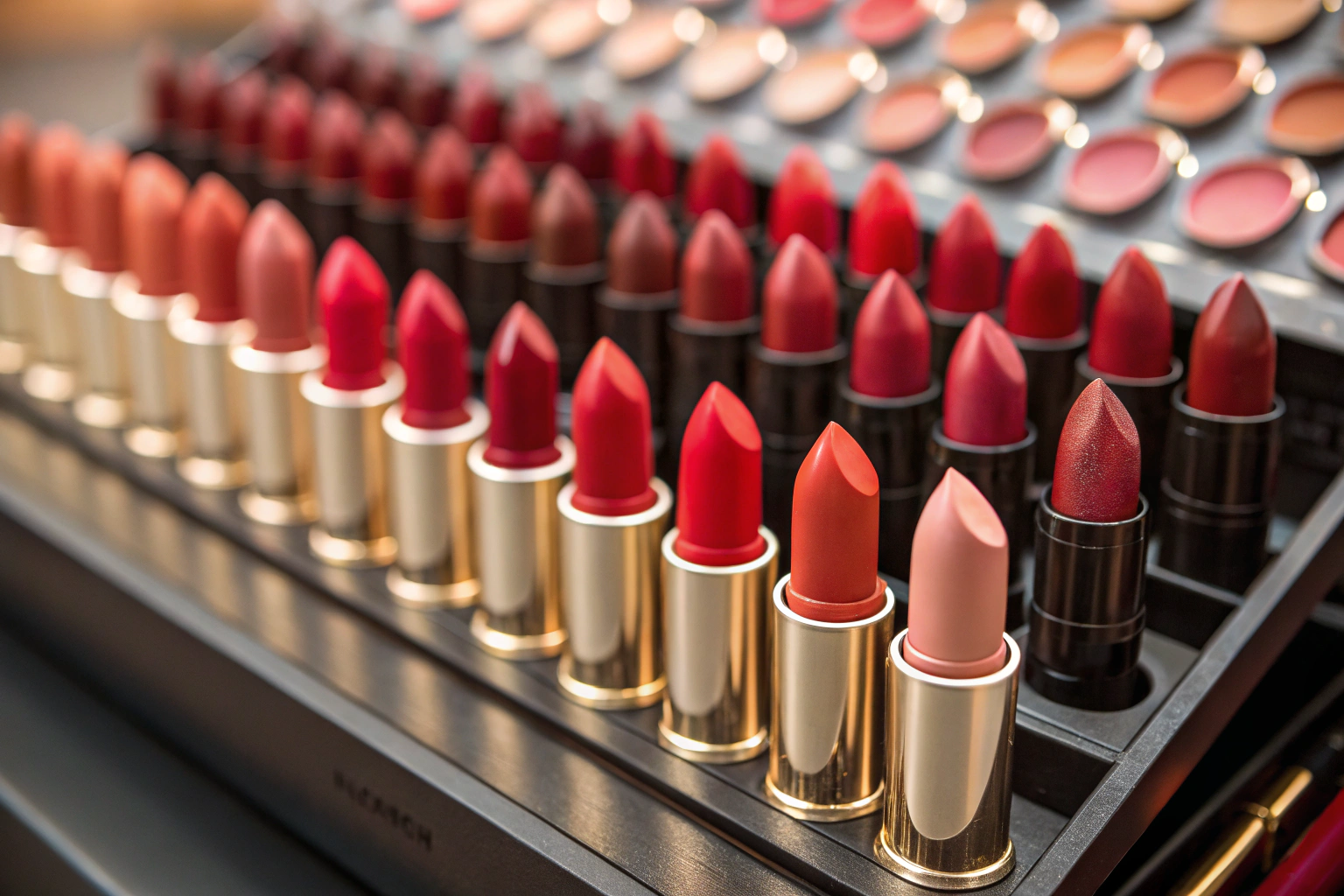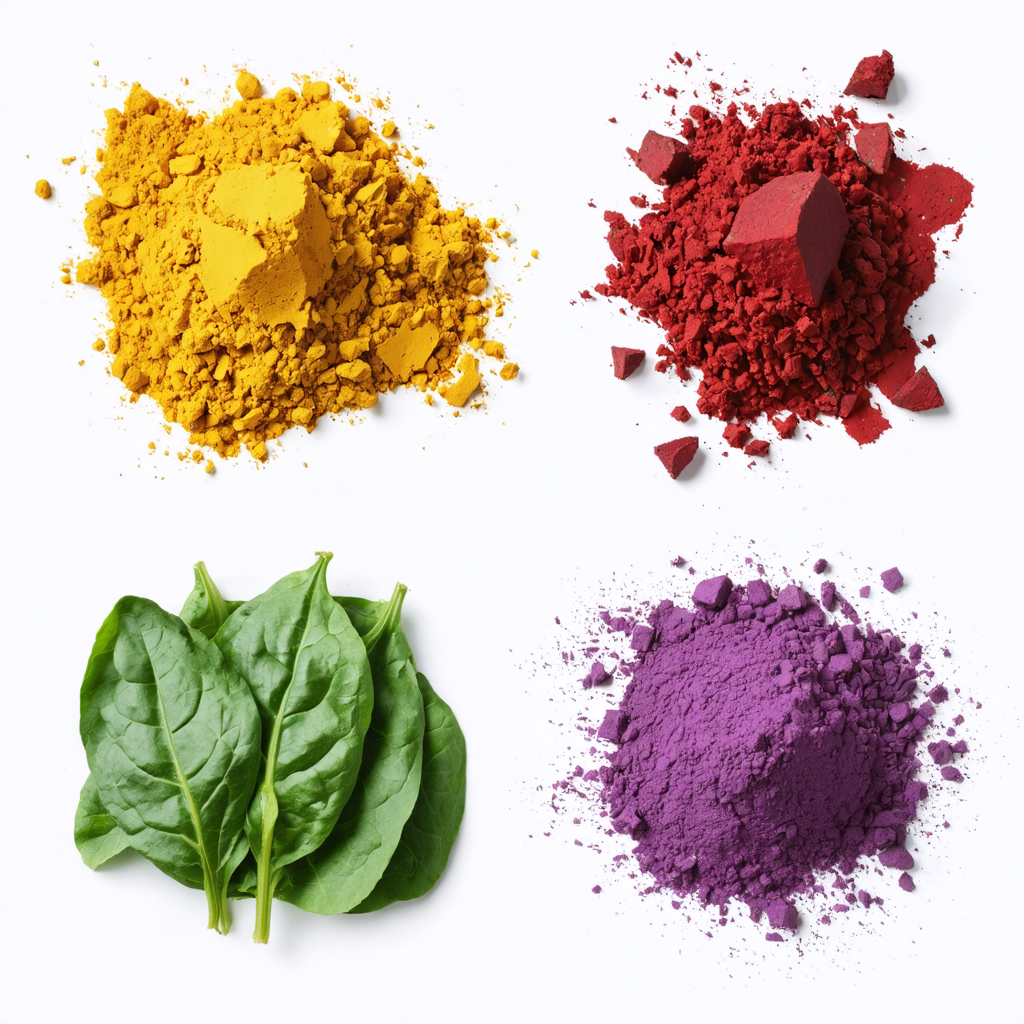Yes, Chlorophyllin Copper Complex E141ii is Safe and Natural for Color Additives. All plants and algae have chlorophyll, which is a green pigment that is found in synthesize copper complex (E140). Commercially, nettles, grass, and alfalfa are use to extract E141.
Sodium copper chlorophyllin is frequently use in the food industry, as well as in health supplements, skincare, and medicine.
Table of Contents
ToggleSOME INFORMATION ABOUT CHLOROPHYLLIN COPPER
Chlorophyll copper sodium salt is another name for sodium copper chlorophyllin. It is an extremely stable metal porphyrin. Its is a vibrant shade of dark green powder with tinting properties. It has a clear, translucent blue-green tint in solution.
When calcium ions are present, it precipitates. When the pH falls below 6, sodium copper chlorophyllin precipitates in solution as a result of the molecules’ planar spatial agglomeration in the acidic environment. Spinach or silk worms are use to extract sodium copper chlorophyllin.
Copper sulphate is add to the solvent while extracting the color with acetone or ethanol. The copper atoms in the chlorophyll structure take the place of the magnesium atoms from the magnesium porphyrin ring.
WHAT TO KNOW ABOUT CHLOROPHYLLIN COPPER COMPLEX E141II
Chlorophyllins (E140(ii)) are water-soluble and the most basic derivatives of partially broken chlorophylls (E140i), which are lipid soluble. Chlorophyllins break the ester-phytol bond when they are produce by saponifying the solvent-extracted yield of edible plant material.
This increases the polarization of the derived products. The food sector prefers their replacement by the lipid soluble cupric chlorophyll (E141(i)) and water-soluble chlorophyllin complexes (141(ii)), however both colorants are very unstable.
These derivatives, which have a stronger color stability, are produce when Mg atoms are replace with Cu atoms. Cu’s insertion into the chlorophyll molecule stabilizes the structure, ensuring that the food’s green hue does not deteriorate over the course of processing or storage.
COLOR AND APPEARANCE OF CHLOROPHYLLIN COPPER COMPLEX E141II
CHLOROPHYLLIN COPPER COMPLEX E141II is dark green to blue in color and it is like a black powder in appearance.
IS CHLOROPHYLLIN COPPER COMPLEX E141II SAFE?
The colorants E140 and E141 are safe for use in the majority of package foods, along with naturally green fruits to be preserve in syrup, vegetables to be preserve in vinegar, oil, or brine (aside from olives), seasoning, jams and jellies, marmalades, desserts, ice creams, flavor-infused fermented dairy products, confectionery like breath freshening and chewing gum, pastry and fine bakery products, decorations and coatings, Sage Derby cheese, edible cheese rind, and
Chlorophylls are naturally occurring dietary components that are in relatively high amounts in a wide variety of foods and are discharge in stools after consumption.
As a result, there are no safety issues with its use as a food additive. Additionally, the ingestion of these food colors has no negative consequences on human health since the Cu in cupric chlorophyll (E141(i)) and chlorophylline complexes (141(ii)) is tightly bond. The consumption of these food colors may eventually result in health benefits because western diets typically lack copper (Cu), but it may be harmful for persons who have diseases that cause copper to accumulate in their bodies.




